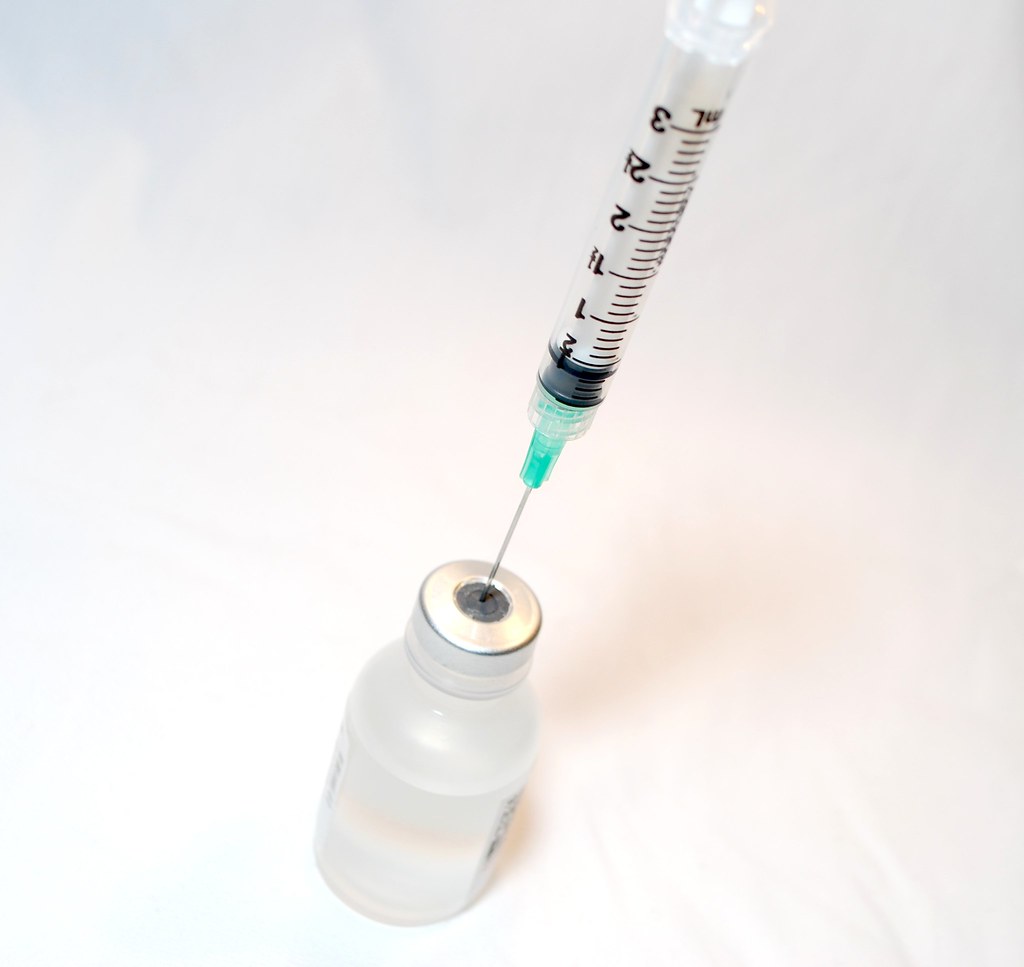Today's news of the regulator's approval of a COVID-19 vaccine is extremely good news, and the light at the end of the tunnel is drawing closer on a daily basis. Thoughts are now moving from "If..." to "When..." and "How..." - and this is an important question: how will we all get vaccinated? I'm not going to answer the political questions, I'm looking at this entirely from a logistical perspective.
* There are, according to UK Census data from 2019, just over 66 million people in the UK. If we assume that children won't be vaccinated, that brings the number down to around 55 million (source: York University)
* Each of these 55 million people will require vaccination, and the Pfizer-Biontech vaccine (and the Oxford-Astra Zeneca vaccine also) require two injections to be given. That's 110 million doses.
* The UK government has promised to vaccinate everybody who wants to be vaccinated, and has already contracted to purchase 40 million doses of the Pfizer-Biontech vaccine (enough for 20 million people). It also has contracts out with other potential providers: totalling over 357 million vaccines doses through agreements with several separate vaccine developers at various stages of trials, here's the full breakdown, sorted from largest to smallest quantity: (source, UK gov website)
100 million doses of University of Oxford/AstraZeneca vaccine – pending MHRA approval
60 million doses of Novavax vaccine – phase 3 clinical trials
60 million doses of Valneva vaccine – pre-clinical trials
60 million doses of GSK/Sanofi Pasteur vaccine – phase 1 clinical trials
40 million doses of BioNTech/Pfizer vaccine – approved by MHRA
30 million doses of Janssen vaccine – phase 2 clinical trials
7 million doses of Moderna vaccine – phase 3 clinical trials
So, assuming the Oxford vaccine is approved, the UK government will already have secured sufficient vaccine for the UK population who will need it. The others could be considered a safety net.
* How will it be distributed?
The Joint Committee on Vaccination and Immunisation (JCVI) have set out their independent advice on how the population should be prioritised, in an article they published today. They recommend starting with the elderly in care homes, and with health and social care workers. , moving on to those who have been shielding due to being Clinically Extremely Vulnerable, and then in phases from older people to younger, down to teenagers last. Some groups are recommended to be excluded from the vaccination program, including pregnant women (due to lack of data) and children under 16, who are asymptomatic (i.e. they don't become very ill with COVID).
The logistics: distribution will have to be decentralised (i.e. regional, and probably by district - possibly on the scale of a Parliamentary constituency) because the vaccine has special storage requirements (-80C). There have already been discussions of sports halls, football stadia and leisure centres being used - that's the scale of the operation that's being planned. It will be fascinating to see how it all rolls out, and something I'm looking forward to (around Easter, probably).
My previous post about the lockdown was called "Undo, or Save Changes?" and looked at how things will be different after COVID.

No comments:
Post a Comment